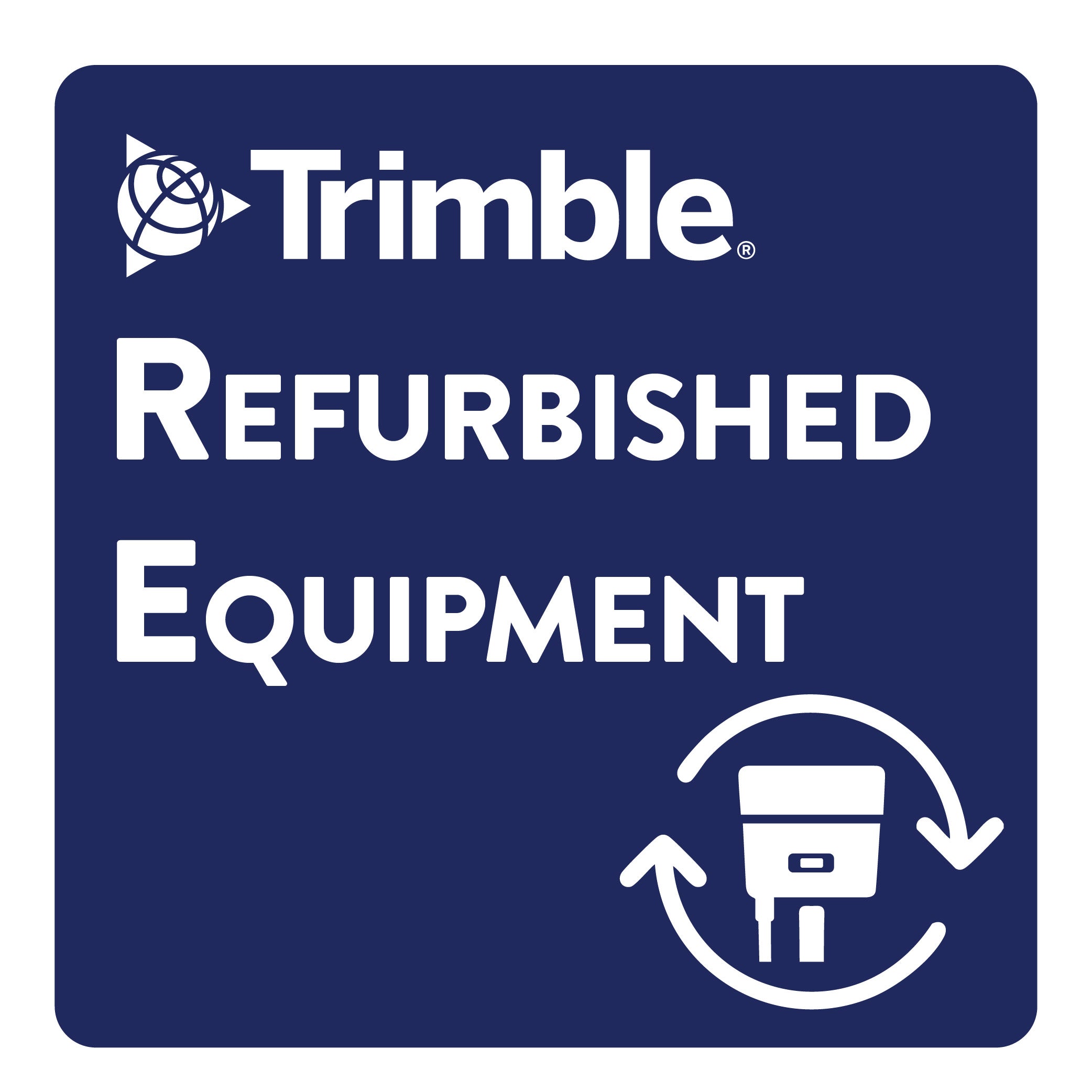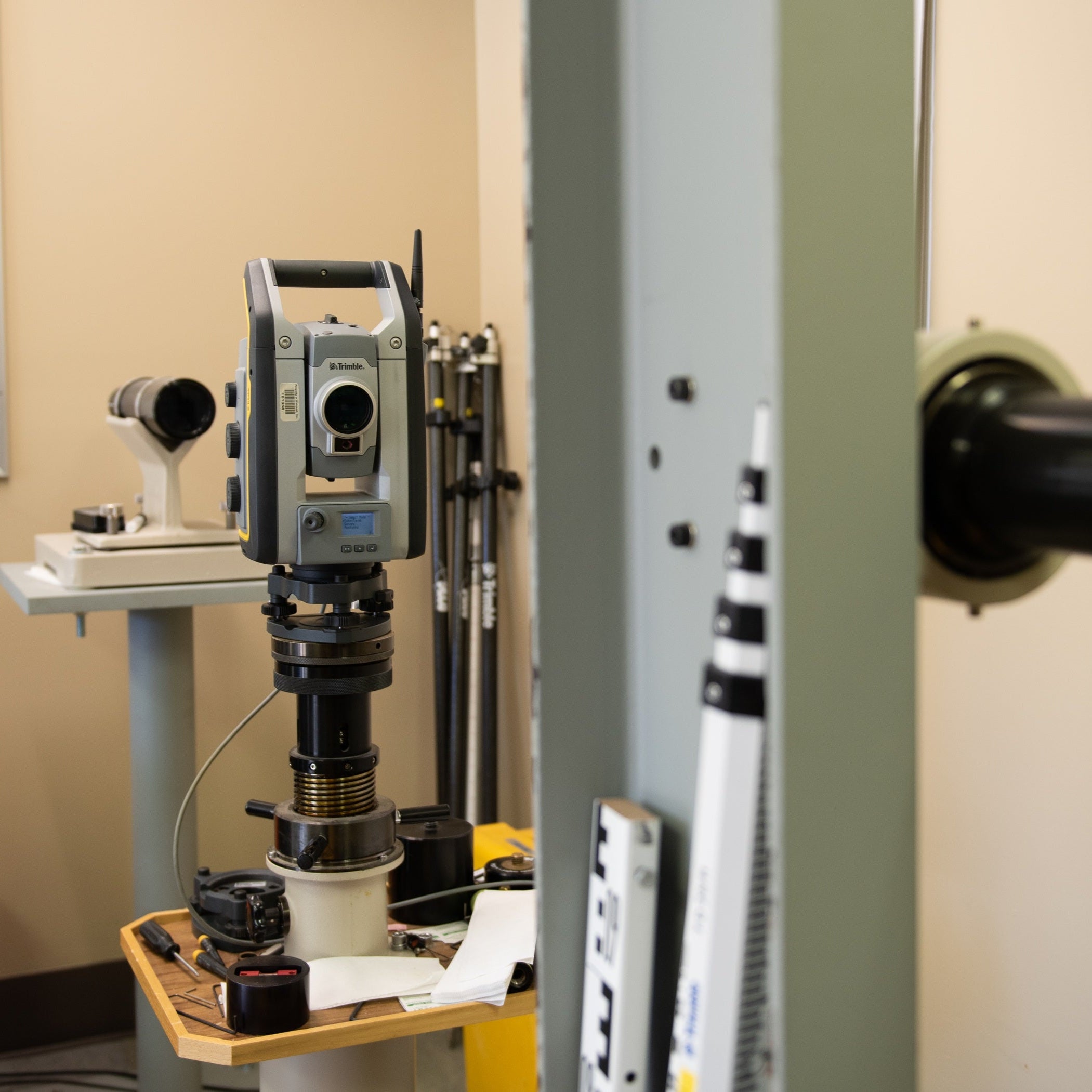
Battle of the Batteries – Should I use AGM or Gel-Cell for my GNSS Base?
Share

By Dustin Hoaglin
Southwest Regional Manager at Vectors Inc.
MADE TO MEASURE NEWS | VECTORSEDU | April 2022
What’s the difference? A battery is a battery, right?
AGM, Gel-Cell, and FLA batteries can be confusing for most people. After all, they do have a lot in common and there is a lot of conflicting information online. It is hard to get a clear understanding of which is the superior choice for use with your GNSS base receiver.
By the time you read through this entire article, though, you will understand some of the major differences between the types. Hopefully, you will be able to put this newfound knowledge to work in selecting the best battery for your land surveying equipment needs.
What is a Sealed Lead-Acid Battery?
Sealed Lead-Acid (SLA) batteries feature a sealed compartment of electrolyte chemicals and lead plates that generate a reaction. Unlike a flooded lead-acid battery (also known as FLA or a wet battery), you do not need to add distilled water into the battery compartment.
Some SLA batteries have a small one-way pop-up valve that allows for the escaping of excess gas if the battery is overcharged. These are referred to as VRLA or Valve-Regulated Lead-Acid batteries.
The benefit of an SLA/VRLA over an FLA is in the design. FLA batteries contain free liquid electrolyte that can spill out if the battery is tipped by more than 45 degrees. Conversely, the fully enclosed compartment of an SLA prevents leakage of the electrolyte no matter the resting position of the battery or the environmental conditions it is placed in. The elimination of battery maintenance also reduces overall operational costs and allows for easier transport.
FLA batteries are a very poor choice for RTK land surveying applications.
Need a ready-to-go GNSS kit? Rent a calibrated base/rover with the right battery and charger profile.

How do I tell an AGM from a Gel?
AGM and Gel-Cell batteries are both SLA and look almost identical to each other in physical appearance. AGM batteries are often mistakenly identified as Gel because both use similar descriptive words like non-spillable, maintenance-free, deep cycle, and low self-discharge. They are both safe for use in limited ventilation areas, and they both may be mounted in just about any position. Fortunately, it usually says “AGM” on the label if the battery uses an absorbed glass matt rather than a gel electrolyte solution.
So, what IS the difference?
- AGM (Absorbent Glass Mat) lead-acid batteries use a specially designed glass mat that traps the battery electrolyte between the battery plates. The plates in an AGM battery may be flat like a wet battery, or they may be wound in a tight spiral. These batteries contain only enough liquid to keep the glass mat wet with the electrolyte and if the battery is broken no free liquid is available to leak out.
- Gel-Cell (or just Gel) lead-acid batteries contain a silica type gel that the battery electrolyte is suspended in. This thick paste-like material allows electrons to flow between plates but will not leak from the battery if the case is broken.
Which one, AGM or Gel, has a longer battery life?
Battery life is measured by the number of times the battery can be charged and discharged. This is referred to as the battery’s cycle life. Advancements in battery chemistry and design have allowed deep-cycle batteries to deliver longer cycle life and cycle up to full rated capacity faster than previous designs.
It is recommended that both AGM and Gel-Cell batteries are fully recharged as soon as possible after using them. Review your battery’s datasheet, provided by the manufacturer, for detailed information about how many cycles you’ll get in relation to how deep you discharge the battery.

AGM batteries should not be discharged more than 50% to ensure long service life. Discharging your AGM battery more than 50% and up to 70% will be fine if you do it occasionally, but it will significantly decrease the cycle life of the battery if done regularly.
In most cases, recharge can be accomplished by using a good quality standard battery charger or engine alternator. AGM batteries have a cycle life of around 300 cycles @ 60% deep discharge cycles. If the batteries are not discharged more than 60% between recharges, they maintain an excellent cycle life.
When high-quality Gel-Cell batteries are charged correctly they offer the best cycle life of all batteries on the market. They are less sensitive to deep discharging. The number of cycles decreases as you further discharge a gel battery. For example, discharging a gel battery at 30% gives you about 2,600 cycles, compared with only 1,200 cycles with AGM batteries. In fact, if you discharge a gel battery to 90%, it will give 700 cycles, which is more cycles than an AGM battery discharged at only 50%.
Do I need a special charger?
Some chargers have "Gel" or confusing "Gel/AGM" settings.
It is safe to use the STD (standard battery) setting to charge an AGM battery. The difference between the standard and AGM settings mostly has to do with the bulk charge rate, which can be higher for AGM batteries, but any other charger setting- regular, deep-cycle, AGM, etc... basically anything that doesn't mention Gel, will usually work just fine.

Compared to standard AGM batteries, which can be charged with a battery charger with up to 14.4 – 15.0 voltage, gel batteries require a lower voltage setting during charging. They should not be charged at a rate higher than 14.2 volts. It is imperative that Gel-Cell batteries are recharged correctly, or the battery will suffer premature failure. The battery charger used for recharging must be designed specifically or adjustable for Gel-Cell batteries. If you are using an alternator to recharge, a special regulator must be installed.
How do I tell how much charge I have?
To determine how charged your battery is, you will need to check your battery voltage.
If the volt range is between 13.2 V and 12.8 V, it means your AGM battery is fully charged. If the voltage reads 12.6 V, then the battery would be 75% charged. When the battery voltage reaches 12.3 V, then it would be 50% charged. Finally, if your AGM battery reaches the 12.0 V mark, it would be 25% charged.
If your Gel-Cell battery is within the 12.85 to 12.95 range, it is 100% charged. A voltage of 12.65 means it is only 75% charged, while a 12.35 reading correlates to a 50% charge.
You should never let any SLA battery voltage go below 12 volts. If it does happen though, the battery should be recharged as soon as possible to avoid battery damage.
So, which one should I choose?

This isn’t cut and dry. Both AGM and Gel-Cell batteries are great options for land surveying applications.
AGM is a little less expensive, but if you ask me, I wouldn’t recommend it over Gel. A Gel battery may be a tad heavier, but it excels in slow discharge applications where consistent power is needed rather than a burst of power. A good quality Gel battery will tolerate deep discharges much better than AGM and does well in warmer environments.
But one thing is certain, whichever you choose, diligent charging habits will ensure the preservation of the battery’s cycle life, and your GNSS base receiver and radio will thank you.






